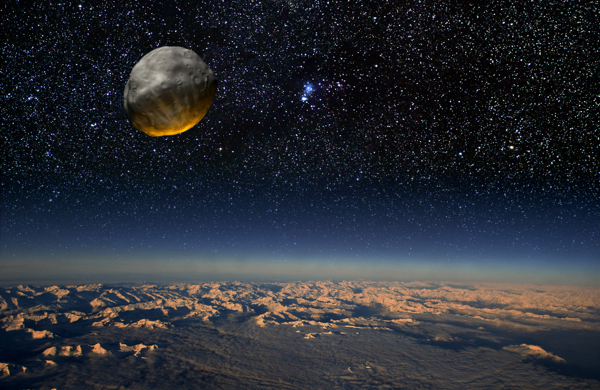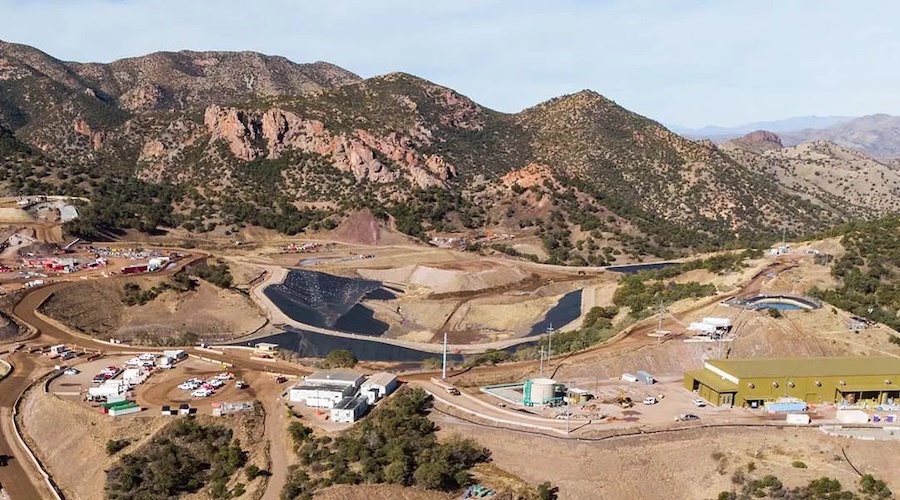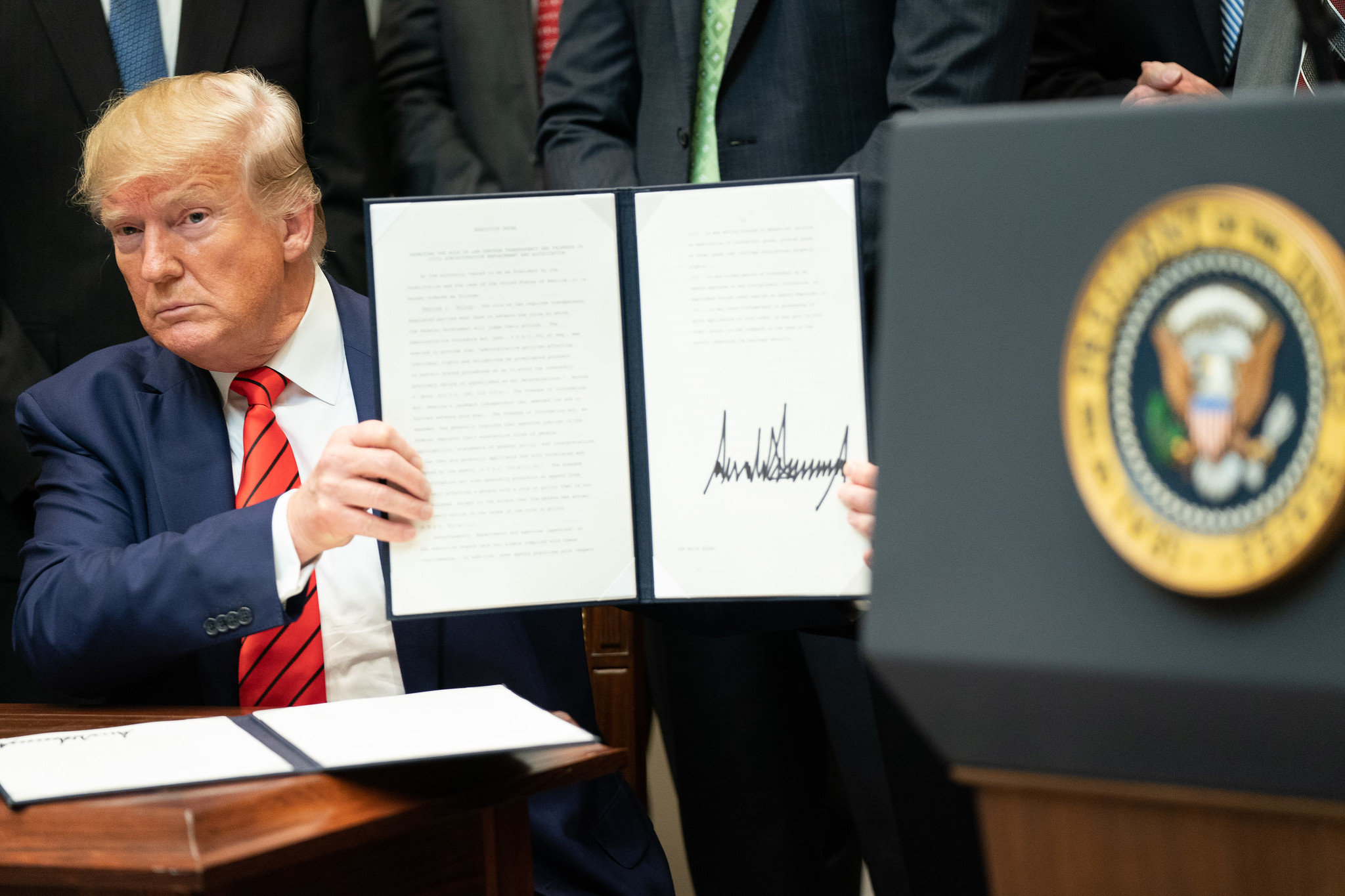Here is how metal-eating bacteria may make asteroid mining profitable

Image by MarcelClemens|Shutterstock.com
Start-up Deep Space Industries, one of the two main firms planning to mine asteroids, comets and even the moon, is studying the feasibility of injecting bioengineered microbes into targeted celestial bodies, to get a head-start at processing of their resources.
“You could come back [to the asteroids] in 10 to 20 years and have a pre-processed pile of materials,” Joseph Grace, of DSI and NASA’s Ames Research Center, told Space.com.
The researchers involved in the project plan to launch a mothership spacecraft designed to carry a dozen small cube-shaped spaceships (CubeSats), which will inject the metal-hungry bacteria into asteroids. As months go by, those genetically engineered microbes would break down the asteroid components and/or change the resources chemical state so they are more feasible to be mined with minimal environmental impact
The technique, known as biomining, is already being tested here on Earth as a sustainable treatment of ores and mine waste that provide an alternative supply of metals such as copper, zinc, nickel and gold.

A mothership like this would carry a swarm of small satellites called cubesats, small cube-shaped spacecraft about six inches on each side that would carry instruments to inject microbes into targeted celestial bodies. (Image courtesy of Deep Space Industries)
As well as making mines more productive, biomining can also be used to clean up sites, which are often left with traces of dangerous heavy metals that may present a hazard to humans and wildlife.
If Deep Space Industries’ research bears the expected fruits, the use of life to pre-process valuable deep-space resources could change the economic practicality of a large range of human activity in space, experts say.
Ultimately, Deep Space Industries is interested in mining asteroids for water, ices, and other volatile chemicals that can be used to make rocket fuel, which can then be stored in orbiting refilling stations for spacecraft on their way to Mars or other distant destinations.
More News
South32 breaks ground on remote operating center at Hermosa project in Arizona
April 24, 2025 | 04:20 pm
{{ commodity.name }}
{{ post.title }}
{{ post.date }}



Comments